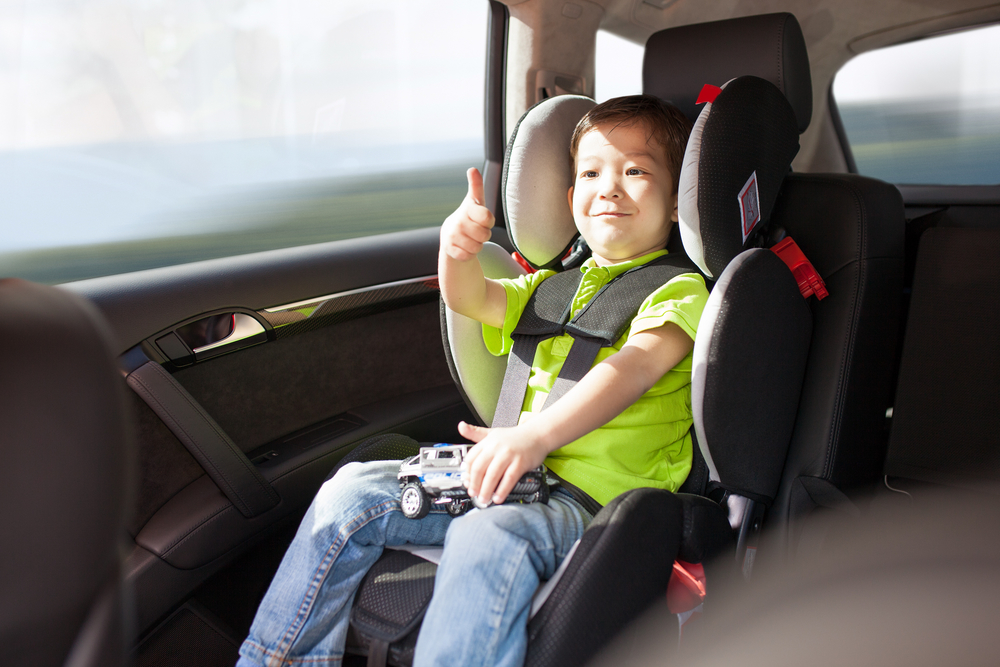 A new set of car seat safety laws go into effect in New Jersey starting September 1, 2015. Governor Chris Christie approved the legislation this past May to hopefully make traveling safer for small children.
A new set of car seat safety laws go into effect in New Jersey starting September 1, 2015. Governor Chris Christie approved the legislation this past May to hopefully make traveling safer for small children.
It was suggested the older laws were confusing and outdated, which caused the safety features of the newer vehicles less effective in a collision. “Incorporating the latest recommendations will help ensure that we’re doing all we can to protect young children in automobiles,” legislation sponsor and assemblywoman, Pamela Lampitt stated in an article from NJ.com.
The American Academy of Pediatrics found that toddlers were safest in rear-facing car seats until reaching the age of 2, but until the new law was signed, the age limit was only 1 year old.
Recommendations made by the AAP were taken into consideration when setting guidelines for the following updated New Jersey car seat laws.
- Birth to age 2: Children that are under the age of 2 should remain in a rear-facing car seat in the back of the vehicle, even if their legs are long enough to reach the seat of the car. Regardless of height, children in this age range and under 30 lbs. cannot legally face forward and must be secured in a five-point harness.
- Ages 2 to 4: Once a child reaches 30 lbs. or their second birthday, they are allowed to ride in a forward-facing car seat. It must also feature a five-point safety harness and be secured in the back seat.
- Ages 4 to 8: It is safe to use a booster seat secured with the regular seat belt when the child reaches 40 lbs. or the age 4. The booster seat must be secured in the back seat and used until the child reaches 8 years old or a height of 57 inches. At this point, the child can safely use a standard adult seat belt alone.
- Front seats: The child can ride in the front seat of a vehicle if there is no back seat available. They must be secured in a car seat or booster seat following the same rules as the back seat, but the passenger-side airbag must be turned off when a rear-facing seat is installed. Small children can become injured in the air bag deploys against their safety seat.
- Fines: Fines before September 1, 2015 carry a maximum fine of $25 when found in violation of the law. Revised legislation forces parents and caregivers to take more responsibility with fines up to $75 once the new laws are in effect.
- Exemptions: There are none. The new version of the law does not allow parents and guardians to get out of responsibility by claiming that they are following the car seat manufacturer’s directions on height and weight. New laws make it very clear which seat should be used and how it must be installed to maintain the highest level of safety.
Although it is unclear how a police officer would accurately verify the age, weight, or height of a child passenger, they are allowed to issue citations for violations. According to the legislation, reference materials explaining car seats and booster seats will be distributed by the Department of Law and Public Safety to parent groups, hospitals, car dealers, and the general public.
If you would like more information or an explanation of the new laws please contact:
















